Optimal Seasons for Foundation Repairs
Foundation repairs are most effectively performed when environmental conditions are stable. The optimal time for repairs is during mild weather periods, typically in spring or early fall, when temperature fluctuations are minimal and soil moisture levels are consistent. This helps ensure that soil movement is predictable, reducing the risk of additional shifting or damage during the repair process.
Performing foundation repairs during favorable weather conditions can also minimize delays caused by extreme heat, cold, or heavy rain. Proper timing can lead to better adhesion of repair materials and longer-lasting results. It is advisable to avoid winter months in colder climates due to frozen ground and potential delays caused by snow and ice.
These seasons offer stable soil conditions and moderate temperatures, ideal for foundation work.
Extreme cold can hinder curing processes, while summer heat may cause rapid drying and cracking of repair materials.
Timing repairs when soil moisture levels are consistent prevents further shifting and foundation movement.
Monitoring weather forecasts helps plan repairs during periods of stable weather for optimal results.
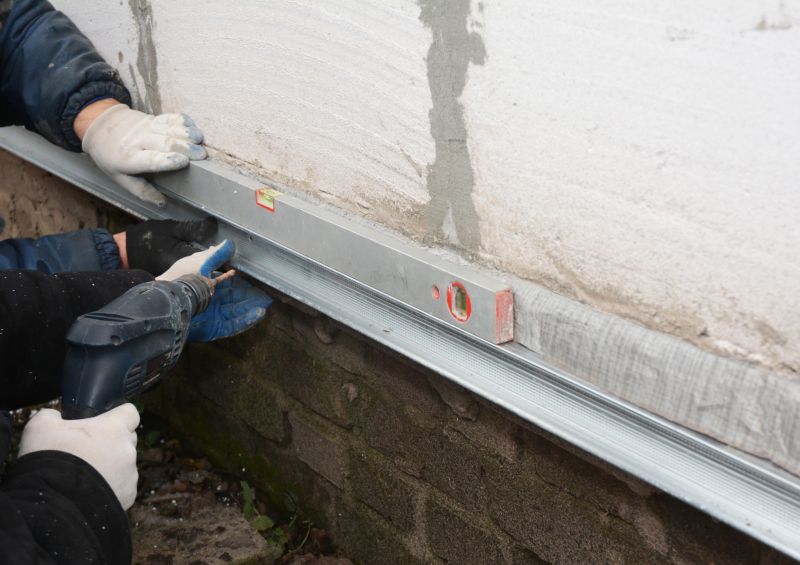
Ways to make Foundation Repairs work in tight or awkward layouts.

Popular materials for Foundation Repairs and why they hold up over time.

Simple add-ons that improve Foundation Repairs without blowing the budget.
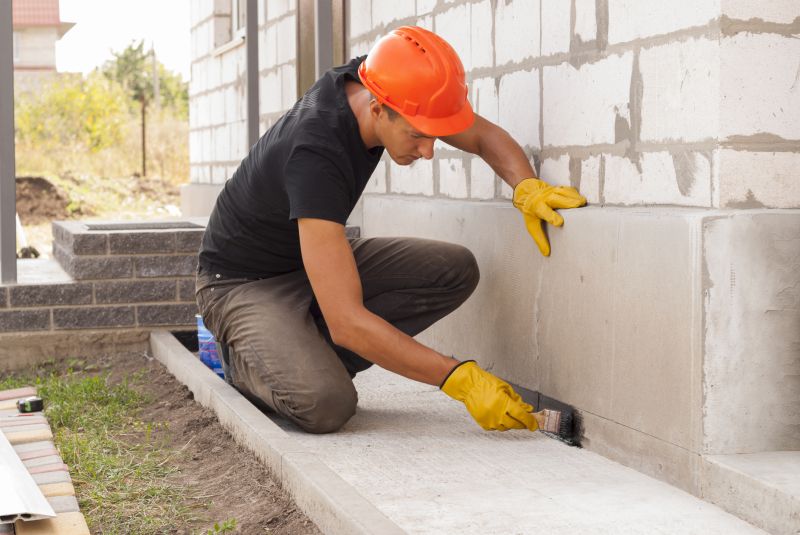
High-end options that actually feel worth it for Foundation Repairs.

Finishes and colors that play nicely with Foundation Repairs.
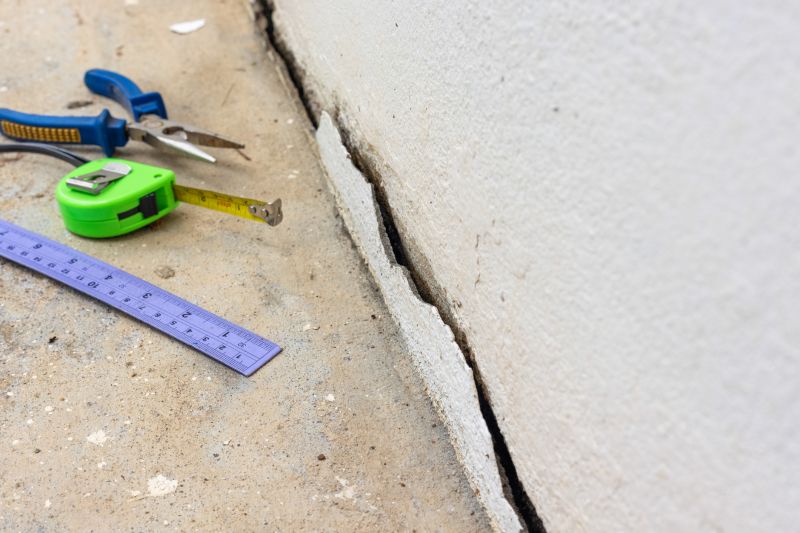
Little measurements that prevent headaches on Foundation Repairs day.
| Season | Ideal Conditions |
|---|---|
| Spring | Moderate temperatures and soil moisture |
| Summer | Avoid extreme heat and drought |
| Fall | Cool temperatures and stable soil |
| Winter | Frozen ground and snow cover |
Foundation repairs involve addressing issues such as settling, cracking, and shifting that compromise the stability of a structure. Proper timing ensures that repairs are durable and effective, preventing further damage. Soil conditions, weather patterns, and temperature fluctuations significantly influence the success of foundation work. Statistics indicate that foundation issues are among the most common causes of structural problems in residential buildings, with repair costs ranging from a few thousand to tens of thousands of dollars depending on severity.
Timely foundation repairs can prevent extensive damage and costly future repairs. Regular inspections and understanding seasonal soil behavior are essential components of effective maintenance. Consulting with foundation specialists can help determine the best time for repairs based on local climate and soil conditions.
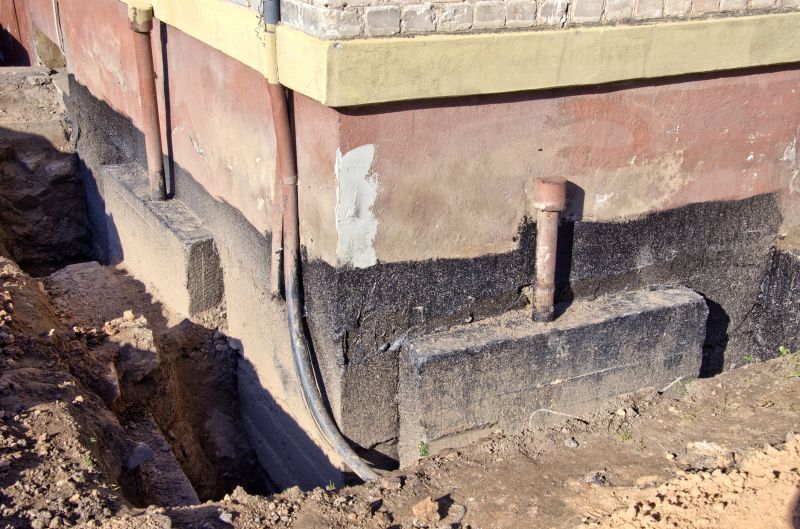
A 60-second routine that keeps Foundation Repairs looking new.
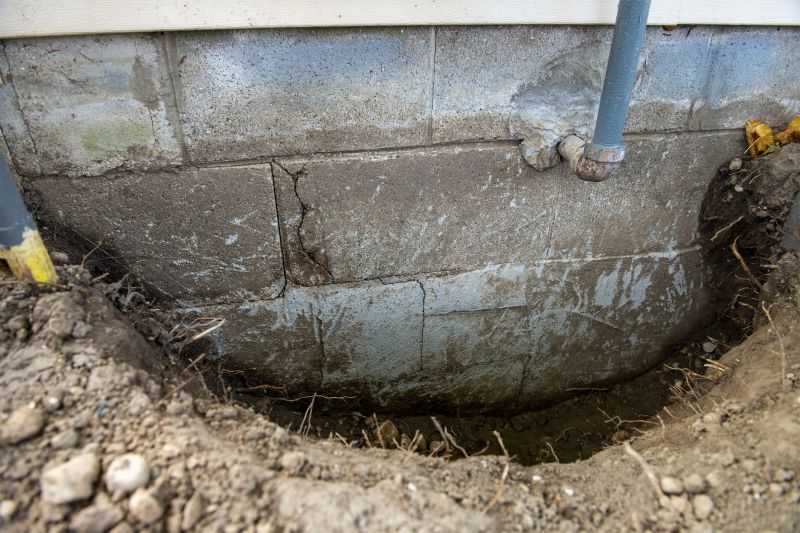
A frequent mistake in Foundation Repairs and how to dodge it.
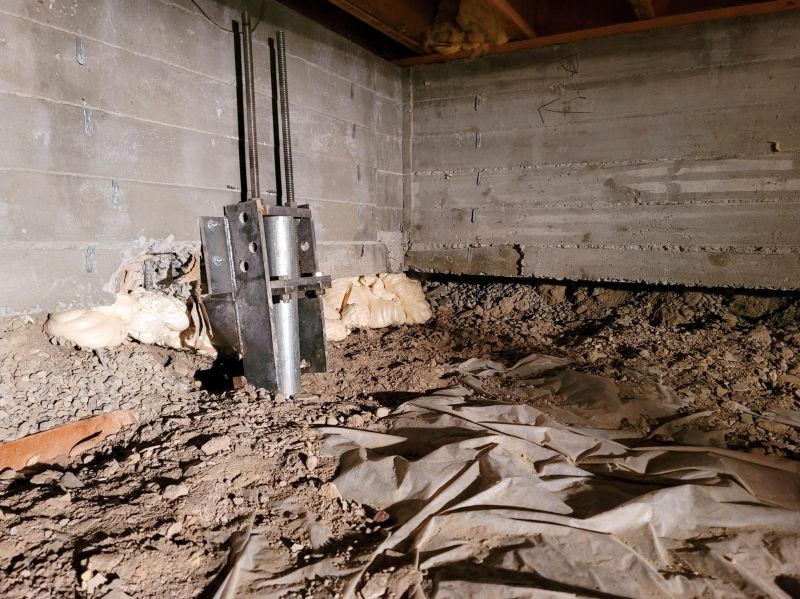
Small tweaks to make Foundation Repairs safer and easier to use.

Lower-waste or water-saving choices for Foundation Repairs.
Interested in foundation repairs? Filling out the contact form can provide detailed information and scheduling options tailored to specific needs. Proper timing and professional assessment are key to ensuring long-term stability and safety of a property.

